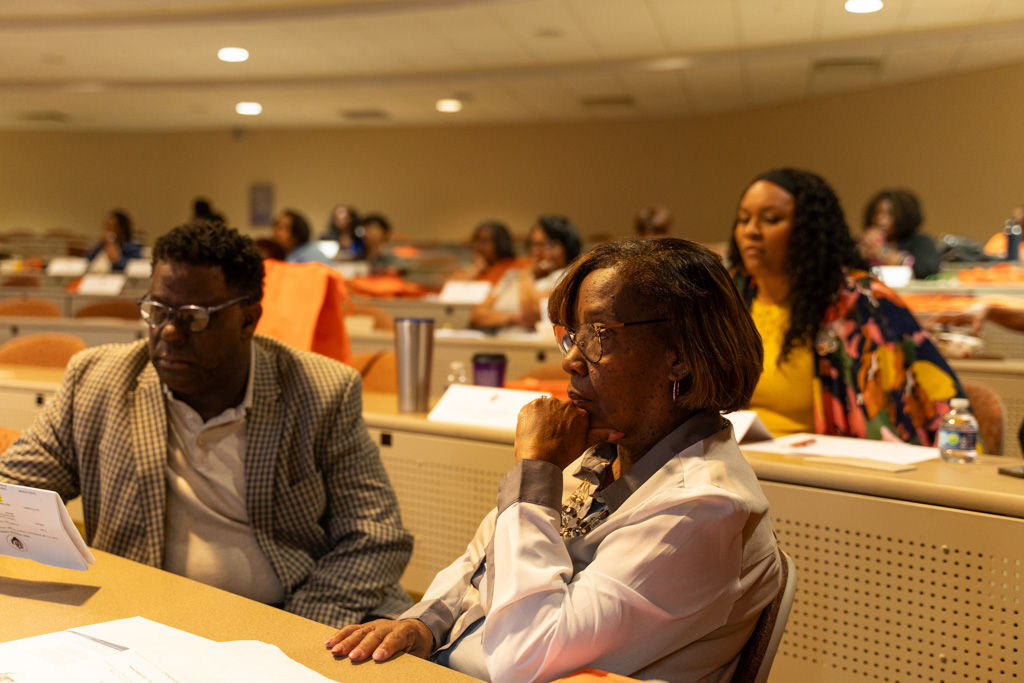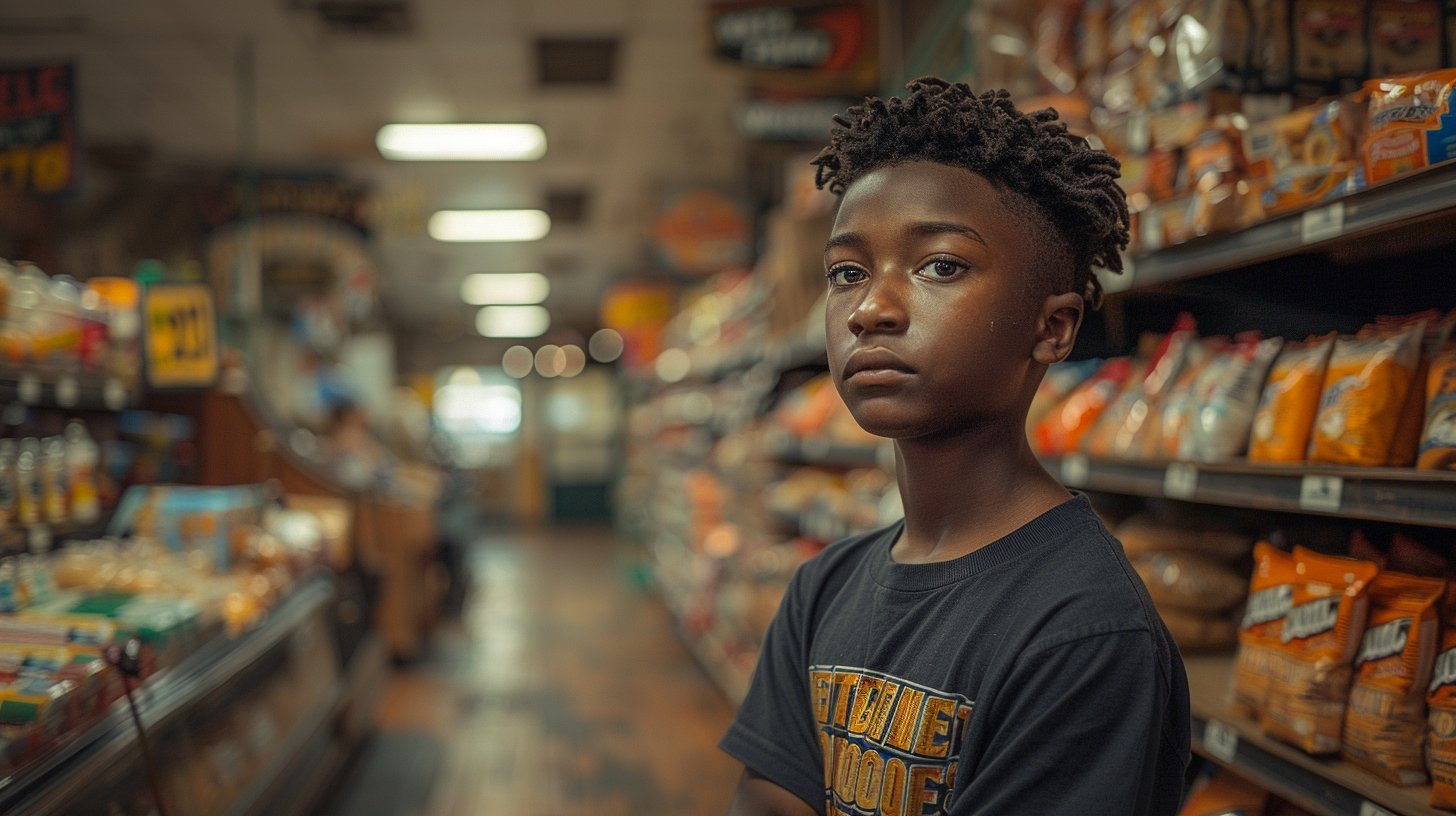Louisiana is grappling with a severe food insecurity crisis, with 15.2% of households struggling to provide adequate food. This alarming statistic places Louisiana as the state with the second highest rate of food insecurity in the United States, highlighting a critical issue that affects hundreds of thousands of residents.
The Scope of the Crisis
According to Feeding Louisiana, approximately 683,110 people in the state live with food insecurity, including 234,120 children. This means roughly 1 in 7 people in Louisiana struggle to provide a healthy meal for themselves or their household[1]. The situation is even more dire in certain parishes, with 46 out of 64 parishes experiencing food insecurity rates of 15% or higher and some as high as 34.4%[2].
Impact on Vulnerable Populations
Food insecurity in Louisiana disproportionately affects vulnerable populations, including children, seniors, and communities of color. For instance, 26% of Black households, 22% of Hispanic households, and 21% of Asian households in the state experience food insecurity[1]. Additionally, Louisiana has the highest rate of food insecurity among older Americans, with 13.9% of seniors aged 60 and older struggling to put food on the table[3].
Rural and Urban Disparities
The crisis is not confined to urban areas; rural communities in Louisiana also face significant challenges. Rural residents often live in food deserts, where access to nutritious food is limited due to the absence of nearby grocery stores and food pantries. These areas also suffer from higher unemployment rates and underemployment, further exacerbating food insecurity[1][2].
The Role of Federal Aid
Recent cuts to federal aid programs have worsened the situation. From 2020 to 2022, 727,000 Louisiana residents lived in food-insecure households, including 211,259 children and 246,137 employed adults[3]. The reduction in benefits from programs like SNAP (Supplemental Nutrition Assistance Program) and WIC (Women, Infants, and Children) has left many families struggling to meet as food prices continue to rise.
Community and Policy Responses
Efforts to combat Louisiana food insecurity include community initiatives and policy recommendations. Local organizations and food banks are working tirelessly to provide relief, but the scale of the problem requires more comprehensive solutions. Recommendations from Hunger Free America include fully funding the WIC program, raising the national minimum wage, and reinstating expanded Child Tax Credits[3].
Louisiana’s high food insecurity rate is a pressing issue that demands immediate attention from community leaders and policymakers. Addressing this crisis is essential for the well-being of individuals and families and the state’s overall health and economic stability. By implementing targeted interventions and supporting vulnerable populations, Louisiana can reduce food insecurity and ensure that all residents have access to adequate, nutritious food.
Sources:
- Feeding Louisiana: Hunger in Louisiana
- Loyola University New Orleans: Hungry at the Banquet: Food Insecurity in Louisiana
- The Advertiser: Louisiana hunger soars due to federal aid cuts, USDA data shows
Citations:
[1] https://www.feedinglouisiana.org/hunger-in-louisiana
[2] https://jsri.loyno.edu/hungry-banquet-food-insecurity-louisiana
[3] https://www.theadvertiser.com/story/news/local/louisiana/2024/01/11/louisiana-hunger-soars-due-to-federal-aid-cuts-usda-data-shows/72116557007/
[4] https://www.cpex.org/blog/stateofhunger
[5] https://map.feedingamerica.org/county/2019/overall/louisiana
[6] https://www.feedingamerica.org/hunger-in-america/louisiana



